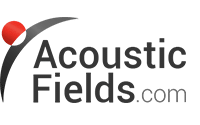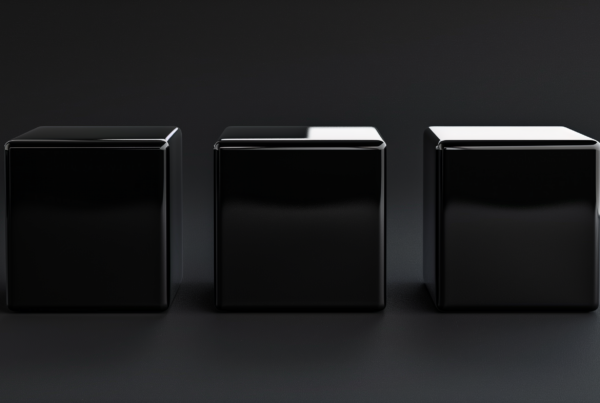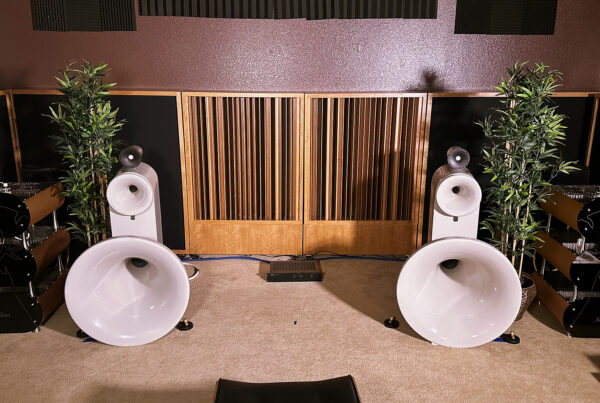Acoustic Design Project
Capitol Records
Mastering Acoustics
Legendary
Capitol Records called me about their “A” mastering room. They had recently done a structural change to the rear wall and they were unhappy with the results of their new sound. Any structural modifications to an existing room will produce sonic changes. They were having issues from 125 Hz. – 200 Hz. which is typical for that room size and volume.
The Best of Both Worlds
The structural changes they had made to the rear wall removed the absorption of those frequencies, so now they had excess energy from 160 – 200 Hz. The old rear wall prior to the structural changes did not use diffusion. As you know, we are a large proponent of diffusion on the rear wall of any control room. We prefer one dimensional diffusion. Space limitations did not allow for large areas to be used for treatment. We had to come up with a design that addressed the 125 – 200 Hz. issue along with adding diffusion to minimize the reflection from the rear wall at the mastering position.
The time signature of the reflection from the rear wall can mix with the direct sound from the monitors and produce distortion in the mix. Absorption was the chosen method prior to the remodel. To accomplish both the absorption and diffusion objectives, we used our QDA – 11 units across the rear wall and our ACDA-10 units across the rear side walls. The QDA-11 is two products in one. It is a broadband carbon absorber and a diffuser. The QDA -11 fit across the rear wall and provided the absorption requirements along with the diffusion needs all in one unit. Four units were used across the rear wall.
Capitol Studio's Clients
Muse
Frank Sinatra
Sam Smith
Imagine Dragons
Bob Dylan
R.E.M.
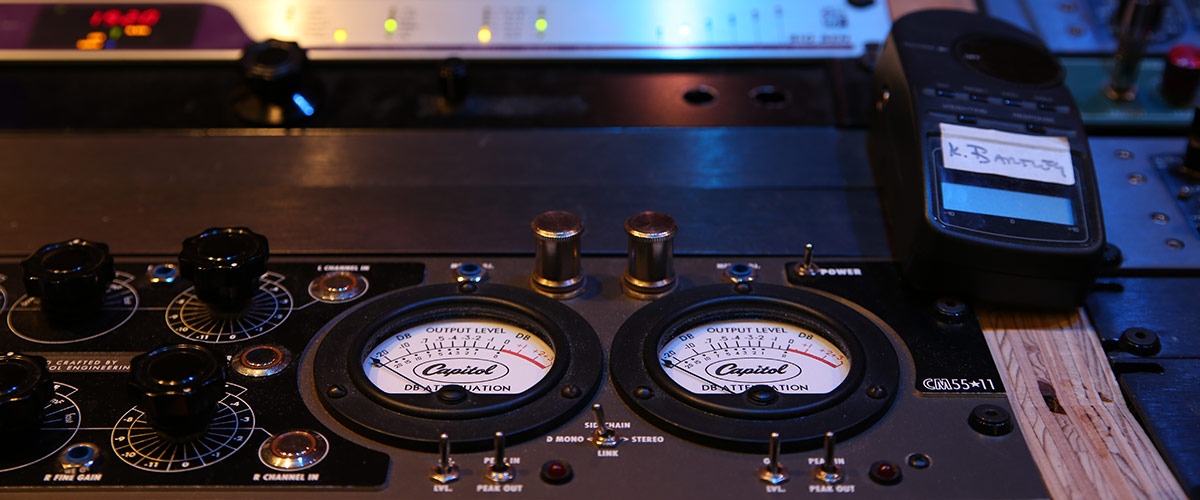
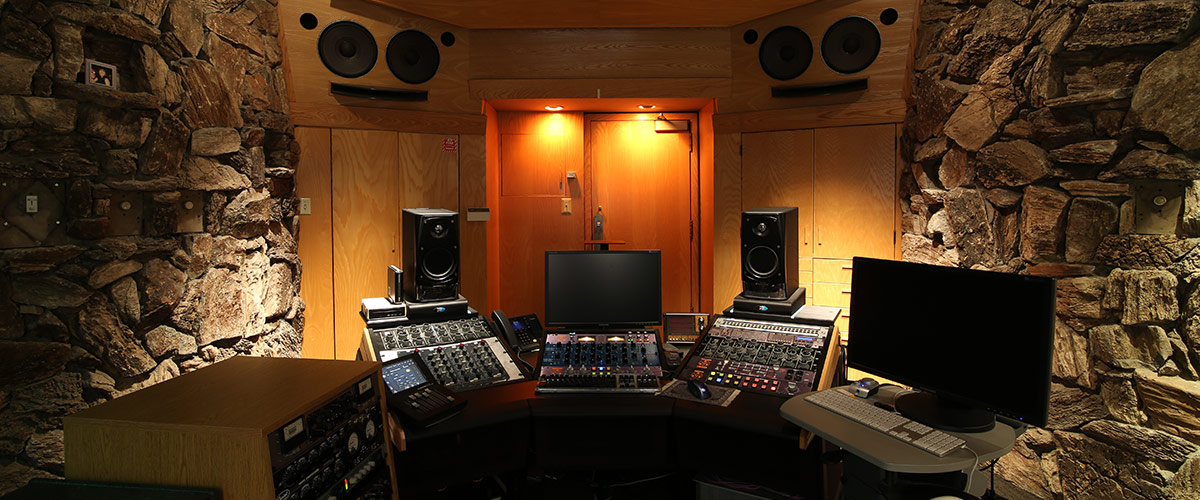
Mission Accomplished
The side walls had two of our ACDA -10 broadband absorbers that absorb energy from 30 Hz. – 200 Hz. Their absorption is linear and even across that frequency range. The ACDA -10 has an average absorption rate of 25 % for all octave bands in that frequency range. We used 20 square feet of ACDA-10 absorption across each rear side wall location to achieve our absorption objectives. Custom widths and heights were designed to make sure we had enough absorption in the given treatment space.
After installation, Robert Vosgien and I did some listening tests. He wanted his room to sound like a real rock and roll mix room with the ability to handle large low end. After the first test song, Robert did not say anything and immediately went to the next one. He stood up and listened and then sat back down again. When the third song played, we both looked at each other at the same time and laughed. Mission accomplished.
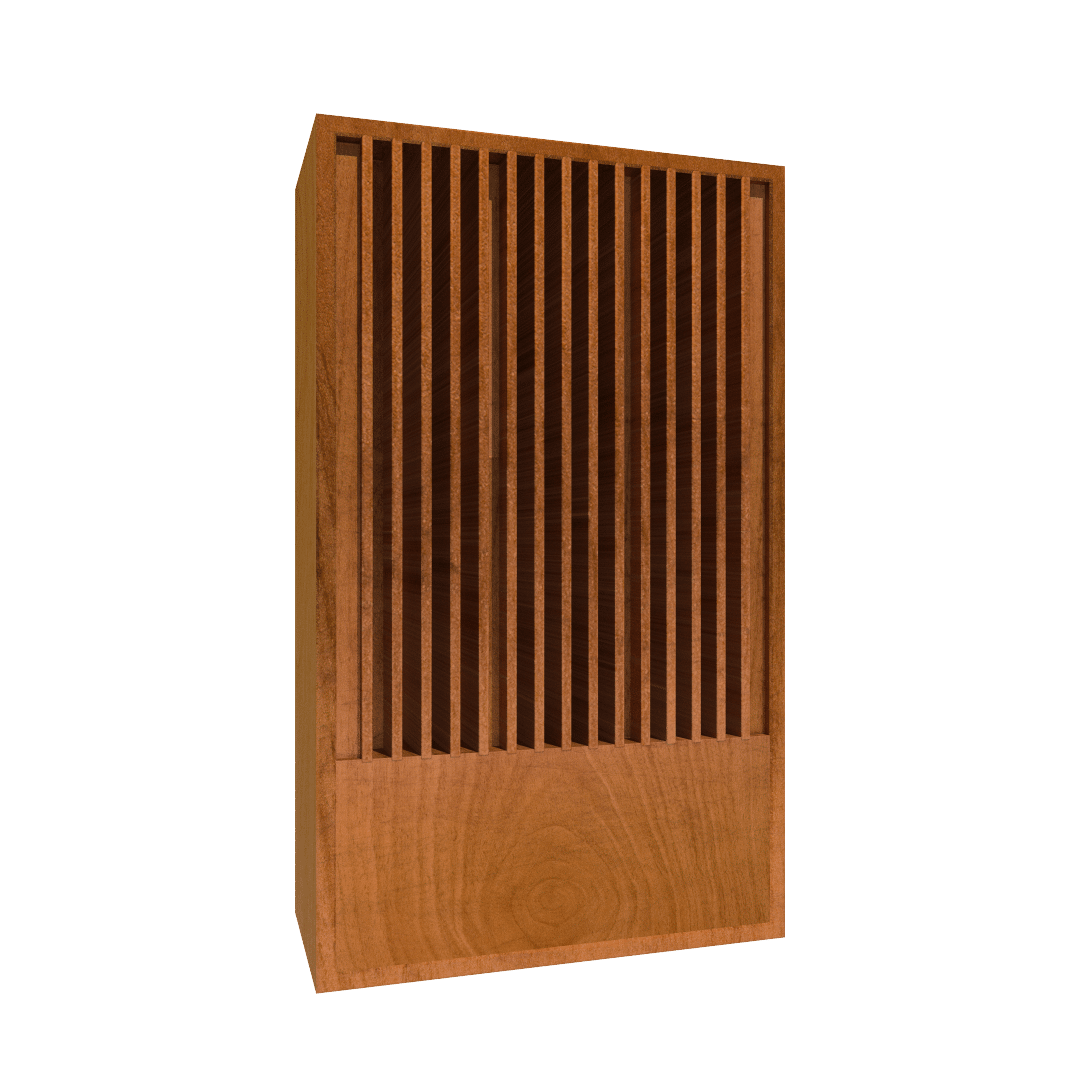
QDA Quadratic Diffuser Absorber
Our QDA units are two units within one. First, a quadratic diffuser based upon prime number 7, 11, 13, 17 or 23. Behind the quadratic diffuser is our activated carbon broadband low frequency absorber. At the base of the QDA is our more frequency specific carbon absorber.
We took the time tested and proven method of sound diffusion, more commonly known as quadratic diffusion, and added our proprietary activated carbon technology to it. Quadratic diffusion has been the go to diffusion technology used in most professional recording studios for the last 40 years. Without exception, Quadratic Diffusion is the highest performing and best rated of any diffusion technology invented.
Do you want to solve your room acoustic problems?
There’s no one size fits all when it comes to room acoustics.
Get your FREE personal room acoustics analysis by chief acoustics engineer Dennis Foley.
